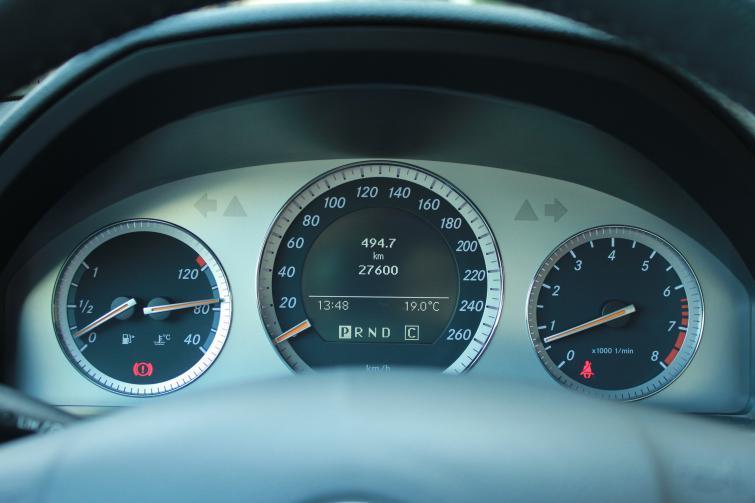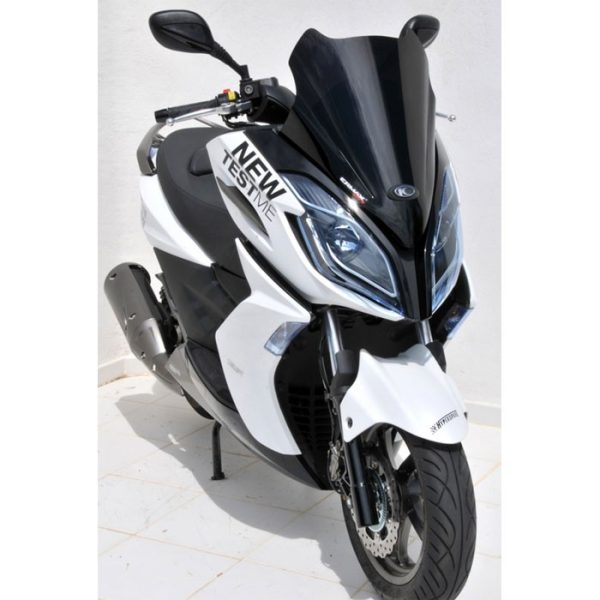
Overheating of the engine in the car - causes and cost of repair
 An efficient engine, even in hot weather, should operate at a temperature not exceeding 80-95 degrees Celsius. Exceeding this limit can lead to serious problems.
An efficient engine, even in hot weather, should operate at a temperature not exceeding 80-95 degrees Celsius. Exceeding this limit can lead to serious problems.

Under normal conditions, regardless of the time of year, the temperature of the engine, or rather the liquid in the cooling system, fluctuates between 80-90 degrees Celsius.
In winter, the power unit warms up much more slowly. That is why drivers use various methods to protect the hood air entry points on frosty days. This is especially true for owners of old cars and cars with diesel engines.
Cardboards and covers for air intakes, useful in winter, should be removed in summer. At positive temperatures, the engine should not have problems with heating, and in hot weather, disconnecting it from the air supply can lead to overheating.
Turbo in the car - more power, but also more hassle
In vehicles with liquid-cooled engines, a liquid closed in two circuits is responsible for maintaining the appropriate temperature. Shortly after starting the car, the fluid circulates through the first of them, flowing along the way as well. through special channels in the block and cylinder head.
When heated, the thermostat opens the second circuit. Then the liquid has to travel a greater distance, along the way it also flows through the radiator. Very often, the liquid is cooled by an additional fan. Coolant circulation to the secondary circuit prevents the engine from overheating. Condition? The cooling system must work.
Can grow, but not much
In difficult road conditions, for example, during long climbs in hot weather, the fluid temperature can reach 90-95 degrees Celsius. But the driver should not worry too much about this. The cause of the alarm is a temperature of 100 degrees or more. What could be the causes of trouble?
First, it's a thermostat malfunction. If it does not work properly, the second circuit does not open when the engine is warm and the coolant does not reach the radiator. Then, the longer the engine runs, the higher the temperature gets,” says Stanisław Plonka, an experienced car mechanic from Rzeszów.
CNG installation - advantages and disadvantages, comparison with LPG
Thermostats are not repairable. Fortunately, replacing it with a new one is not a very expensive repair. For the most popular used cars available on the Polish market, prices for this part do not exceed PLN 100. Unscrewing the thermostat very often causes a loss of coolant, which, of course, must be replaced after replacement.
The system is leaking
The second, common reason for too high temperatures is problems with the tightness of the system. Loss of coolant is most often the result of a radiator or piping leak. It happens that old snakes burst during movement. Therefore, especially in hot weather, the driver should regularly check the engine temperature. Every jump should cause anxiety.
The rupture of the umbilical cord most often ends with the release of a cloud of water vapor from under the mask and a sharp increase in temperature. The vehicle must then be stopped immediately. You have to turn off the engine and open the hood. But until the steam subsides and the engine cools down, do not lift it. The water vapor from the cooling system is hot.
In the field, a damaged hose can be repaired with duct tape or plaster. It is enough to apply a double layer of foil to the defect, for example, from a plastic bag. Carefully seal the prepared patch with tape or tape. Then you need to replace the system with the missing fluid. During the trip to the mechanic, you can use clean water.
Starter and generator - when they break, how much does a trippy repair cost
- But after repairing the system, it is better to replace it with liquid. It happens that after some time the driver forgets about the water, which freezes in winter and spoils the engine. For this reason, we often repair cracked coolers or repair damaged heads,” notes Plonka.
Fan and pump
The third suspect in an engine overheating is the fan. This device works in the cooler area, where it blows over the channels through which the coolant flows. The fan has its own thermostat that activates it at high temperatures. Usually in a traffic jam when the car is not sucking in enough air through the air intakes.
Cars with larger engine sizes have more fans. When they break, especially in the city, the engine has a problem maintaining the desired temperature.
Failure of the water pump can also be fatal. This device is responsible for the circulation of fluid in the cooling system.
Heating in the car - what breaks in it, how much does it cost to repair?
– It is driven by a toothed belt or V-belt. While their durability with regular maintenance is great, there are problems with the pump impeller. Most often it breaks if it is made of plastic. The effect is such that the pump spins on the belt, but does not pump coolant. Then the engine runs almost without cooling,” says Stanislav Plonka.
It's best not to let the engine overheat. The consequences of failure are costly
What causes an engine to overheat? Too high operating temperature of the actuator most often leads to deformation of the rings and pistons. Rubber valve seals are also very often damaged. The engine then consumes oil and has compression problems.
A very likely consequence of too high a temperature is also a serious breakage of the head.
“Unfortunately, aluminum deforms quickly at high temperatures. Then throw coolant on the agenda. It also happens that oil enters the cooling system. Changing the gasket and layout does not always help. If the head breaks, it is recommended to replace it with a new one. The head, pistons and rings are a serious and expensive repair. Therefore, while driving, it is better to control the fluid level and monitor the engine temperature sensor, emphasizes Stanislav Plonka.
Approximate prices for original spare parts of the engine cooling system
Skoda Octavia I 1,9 TDI
Thermostat: PLN 99
Cooler: PLN 813
Fan: PLN 935.
Water pump: PLN 199.
Ford Focus I 1,6 petrol
Thermostat: 40-80 zł.
Cooler: PLN 800-2000
Fan: PLN 1400.
Water pump: PLN 447.
Honda Civik VI 1,4 petrol
Thermostat: PLN 113
Cooler: PLN 1451
Fan: PLN 178.
Water pump: PLN 609.
Governorate Bartosz
photo by Bartosz Guberna

